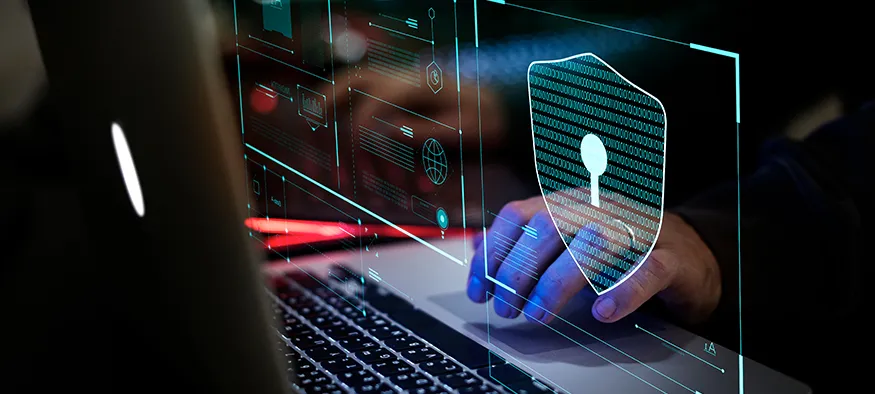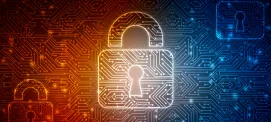Blog

Cyber Security Strategies for Businesses
As businesses adopt newer technology, they also need to enhance their cyber security efforts to match it. Cyber attacks are increasingly getting more sophisticated as criminals are finding new and innovative ways to evade security controls through new methods of attack.
No matter the size of your business, big or small, every business needs cyber security solutions to prevent the worst from happening. From protecting data and insuring devices, to preventing outages and avoiding malicious malware and viruses, there are many things to look out for when it comes to keeping your business and employees protected.
What is Cyber Security?
Cyber security is a series of processes and strategies put in place to protect the crucial systems and sensitive information of businesses against cyber-attacks and data breaches.
Why is Cyber Security important?
As businesses become increasingly more reliant on technology, sensitive information is being stored on cloud servers and other online storage solutions. With an increase in reliance on these services, this has led to new security vulnerabilities that more businesses are facing. Criminals are increasingly targeting the information stored by businesses, with information theft being the most expensive and fastest-growing segment of online crime.
Types of Cyber Security Threats
As more businesses turn to the online world, cybercrime continues to increase by the day. Here are the top online threats that every user should know about:
Malware
Malware is intrusive software designed to damage and destroy mobile and computer systems. Malware stands for ‘malicious software’ and can spread through networks and access your data. Common types of malware include viruses, worms, spyware, adware, and ransomware.
Phishing
Phishing attacks are the practice of sending fraudulent communications that appear to come from a reputable source. Usually performed via email, the aim is to steal sensitive data – such as credit card and login information, or install malware on a device. Phishing is a common type of cyberattack that everyone should be aware of to protect their privacy and data.
Ransomware
Ransomware is malicious software that gains access to sensitive information within a system, encrypts that information so that the user cannot access it, and then demands a financial payout for the data to be released. Ransomware is commonly known for being part of a phishing scam; the user will download the ransomware if they click the disguised link.
Botnets
Botnets are networks of hijacked computer devices used to carry out various scams and cyberattacks. Formed from the words ‘robot’ and ‘network’, the bots serve as a tool to automate mass cyber attacks – such as data theft, server crashing, and malware distribution.
How to Protect your Business from Cyber Attacks
1. Start with the basics
One of the first and most important steps to keeping any business secure is setting up strong passwords and scheduling reminders for password updates. Secondly, make sure to set up all business devices with protective and preventative services like encryption technology, anti-virus solutions and spyware.
2. Have a Business Continuity Plan in place
A business continuity plan (BCP) is the process involved in creating a system of prevention and recovery from potential threats to a company. The plan involves defining any and all risks that can affect business operations, making it an important part of the organization's risk management strategy. Risks may include anything from cyber-attacks and loss of internet connection to theft and fraud.
3. Identify security needs and risks
For any business to operate smoothly and stress-free, it’s essential to identify the potential security risks for the online services and devices your company uses. Once these risks have been identified, you should then resolve the ways in which you can combat these risks.
4. Keep systems updated
Software updates can sometimes fix any security problem you may be having. Ensure to stay on top of updates on all company computers to ensure the protection against any cyber threats. By allowing programs to install updates automatically you have no maintenance to worry about.
5. Back it up
System backups are easier than ever with today’s technology and require no extra time or effort with the right software in place. Most backup services will run with no disruption to your day to day activities and store information safely offsite. It’s also advised to back up any integral information onto external hard drives for added protection.
6. Keep devices safe
A lost or stolen device can be the cause of major data loss for your company. Remind your employees to always keep an eye on the devices they use that contain important and sensitive company information.
How stc can help you secure your business
Are you looking for a cyber security solution for your business? Discover how to maintain business continuity and how the stc Security Operations Center can keep you safe and secure, or contact our support team by calling 128 or emailing us at [email protected].





